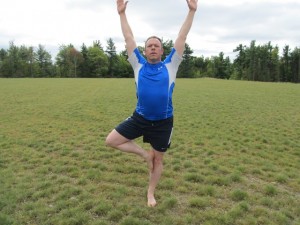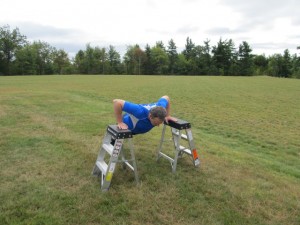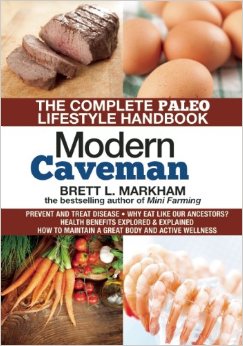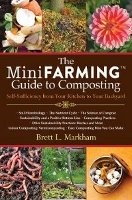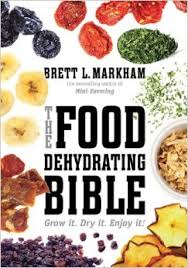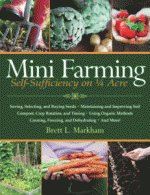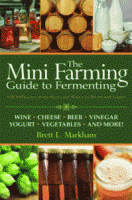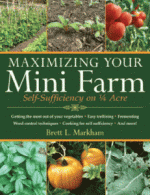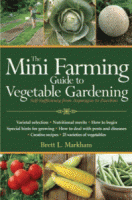It only stands to reason that a guy who cares enough to grow his own food, and develop methods for doing it effectively as part of a modern lifestyle, is concerned with diet and exercise.
After many years of research struggling with autoimmune, blood lipid and gastric issues, and doing a tremendous amount of both laboratory research and study, I decided to first go gluten-free, and then adopt paleo diet altogether.
The result is that at 49 years old I can run hurdles, do martial arts and feel great! My blood lipids, blood pressure and other objective measures of health are what they were when I was 18. I look and feel great! So can you.
Paleo diet has now become trendy, so when my publisher first approached me to write a book on the topic, I refused. I have absolutely zero interest in chasing trends just to make a buck. When I write a book it is to address a specific need, to address it comprehensively, and to address it in a unique and enlightening way that actually helps people. If it happens to make money, that’s great — but a secondary consideration. My reputation for writing worthwhile books that help people is more important.
But I looked at existing books on the topic over the next six months, and I discovered they were either of overall poor quality, inadequately researched and accompanied by hyperbole, completely neglected important aspects of diet such as gut bacteria, ignored the concepts of evolutionary exercise, or were needlessly laden with jargon people don’t understand.
Modern Caveman is comprehensive. Not only does it contain over 200 citations of studies and other research to backup its claims, but it thoroughly explains not just what you should eat, but why. Just the chapter on oils and fats is worth the price of the book, because it demystifies the mumbo jumbo and alone might save your life. Because I had answered questions for friends about paleo diet for years before writing the book, this book is written to answer nearly every question you might have.
Like all of my books, Modern Caveman integrates knowledge from a variety of fields, so it contains vital information not covered in other books including:
- How your gut bacteria sabotage your efforts to change your diet, and how to fix that problem.
- Caveman lifestyle issues beyond diet, and their impact on mental and emotional health.
- Why birth control pills should not be used to treat acne in teenage girls.
- A complete progressive scalable exercise regimen based on solid research that will keep you in peak health and can even be started by desk jockeys. In only 30 minutes three times a week!
- Why what your coach in high school taught you about stretching is wrong, and what you should really be doing.
- Maintaining your sense of balance and proprioception into healthy advanced age.
- Maintaining and enhancing your fertility (for both men and women) and attractiveness.
- The nature of cancer as a preventable metabolic disorder. (Has it struck you as odd that though smoking rates have declined by 50%, lung cancer rates have remained unchanged? This book explains why!)
- A full explanation of lectins and their evolutionary role.
- Easy supermarket check lists.
- Much more!
Modern Caveman is obviously a large book, but don’t let that dissuade you. Despite the academic citations and underlying science, all of the biochemistry is explained and the information is presented in an entertaining way with humor sprinkled throughout!
Most importantly, not only will you love this book, it will literally change your life. It demonstrates irrefutably why a caveman diet is not just a fad: it’s the real deal. It’s a way of eating, moving and living that will add real quality to your life, every day of your life.
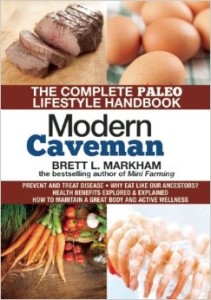 You can buy Modern Caveman at Amazon, Barnes and Noble, Indie Bound and at fine independent book stores such as Toadstool.
You can buy Modern Caveman at Amazon, Barnes and Noble, Indie Bound and at fine independent book stores such as Toadstool.
Filed under: Books, Diet, Exercise | Tagged: Caveman diet, High Intensity Interval Training, HIIT, Lectins, Omega-3, Omega-6, Paleo diet | Comments Off on It’s Out! The Modern Caveman!


